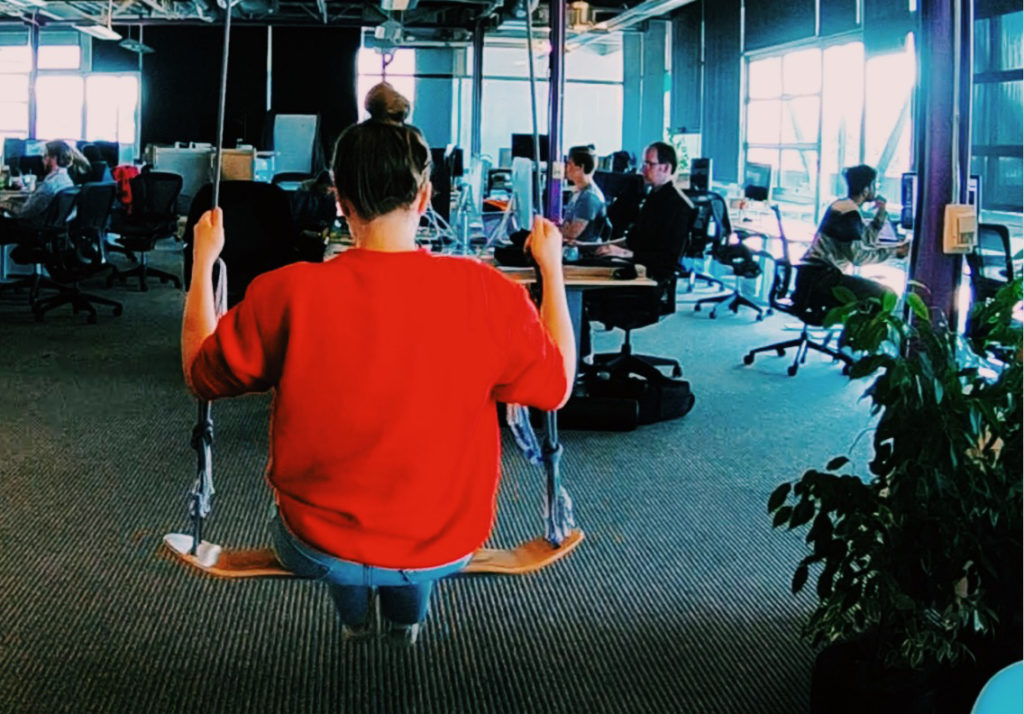- 12.06.2018
Many designers look to pursue the admirable high-cultural career path as a designer: design school in London or Milan, art history of Middle Europe, AD positions in organizations that let you learn from the best. Few designers get their education only to make their way to Silicon Valley and to draft mockups and wireframes for technology companies and software products.
If you haven’t yet thought a tech startup as a potential career path to make an impact through design, read further. Most innovations that shift the world to new eras are the ones stemming from within the Californian borders. Whether you wanted it or not, a majority of designer positions are about to go tech. By accepting this and heading to the heart of techie innovations now, you could call yourself a pioneer of some sort.
Design thinking is the new business thinking. Hence, designers should be included in the building project of a startup from the bottom up. It’s a long way but, happily, the ecosystem has woken up to realize the value of knowing their customer and planning the user path before the actual product per ce.
Small startups don’t have procedures in hiring a designer.
In Silicon Valley case, we’re looking at a ratio of 10 to 2,000 in job openings between designers and developers. Needless to say, the processes of finding and hiring designers are not always a no-brainer. It is no exception that the designers end up being the head designers of everything and the ONLY designers of the firm. And make up their own responsibilities. There are several ways this falls as an advantage into your (=designer) basket.
Now, think about it from the job interview perspective. It is likely that no-one else knows anything about design more than you do. The earlier stage startup it is you’re looking to get hired to, the more likely you are to be the Head Designer of everything.
This is why startups often assume they need a very skilled and experienced Lead Designer who’s seen it all. In reality, the experience in years has necessarily not much to do with the actual skill level. It is much more important to show what you’ve done rather than how long your working life has lasted.
This takes us to the specialization of skills. UX Design means many things. The UX process includes several stages, all of which give their own vertical specialization options. While you should be prepared to know a bit about everything, however, remember that generalists have a harder time to stand out from all designer candidates compared to those who’ve extended their knowledge about a more specific topic.
In case startups do have hiring procedures for designers…
The first thing to remember: whatever challenge it is you’re asked to solve in the hiring process, they’re more interested in your methods than the outcome. Thus, you should be prepared to explain and present every step in your solution of the design problem by using a design approach. You need to practice! As for that, here’s a great site to check out.
Try to get in contact with the CEO! They have a massive impact on the company culture. That’s why breaking the ice with him/her will reveal a lot about how human-centric or design-oriented the company is.
There are not too many educational UX programs.
Work is the best way to learn! Design-oriented consultancies and agencies are a great way to discover different aspects of design projects, see a variety of clients with different challenges. That way, you can find out which parts of the design process interest you the most and orientate your professional development accordingly. Some agencies are specified in startup clients, thus making you more familiar with the startup company culture.
For finding those places, cold contacting is the best way to go. Ask friends who have friends already working in the agencies you wish to work for.
Would like to give Silicon Valley a go but don’t yet have the network or time for cold mailing and cold calling? Build your own happy path, apply to Startuplifers and leave all that to us. Besides California, you can also submit your application towards Singapore.
Want reference stories? Read what Emma wrote about her experiences.

